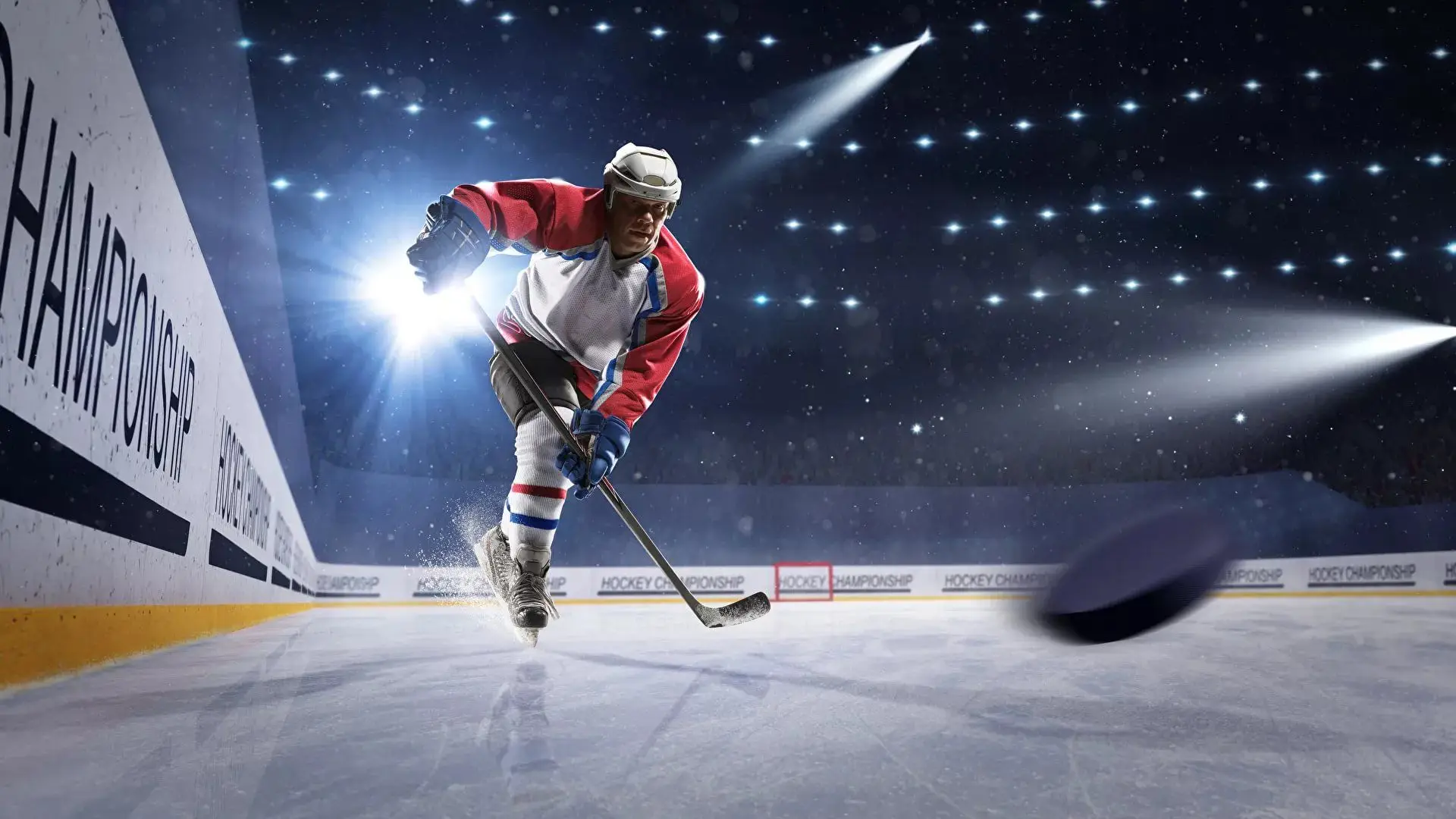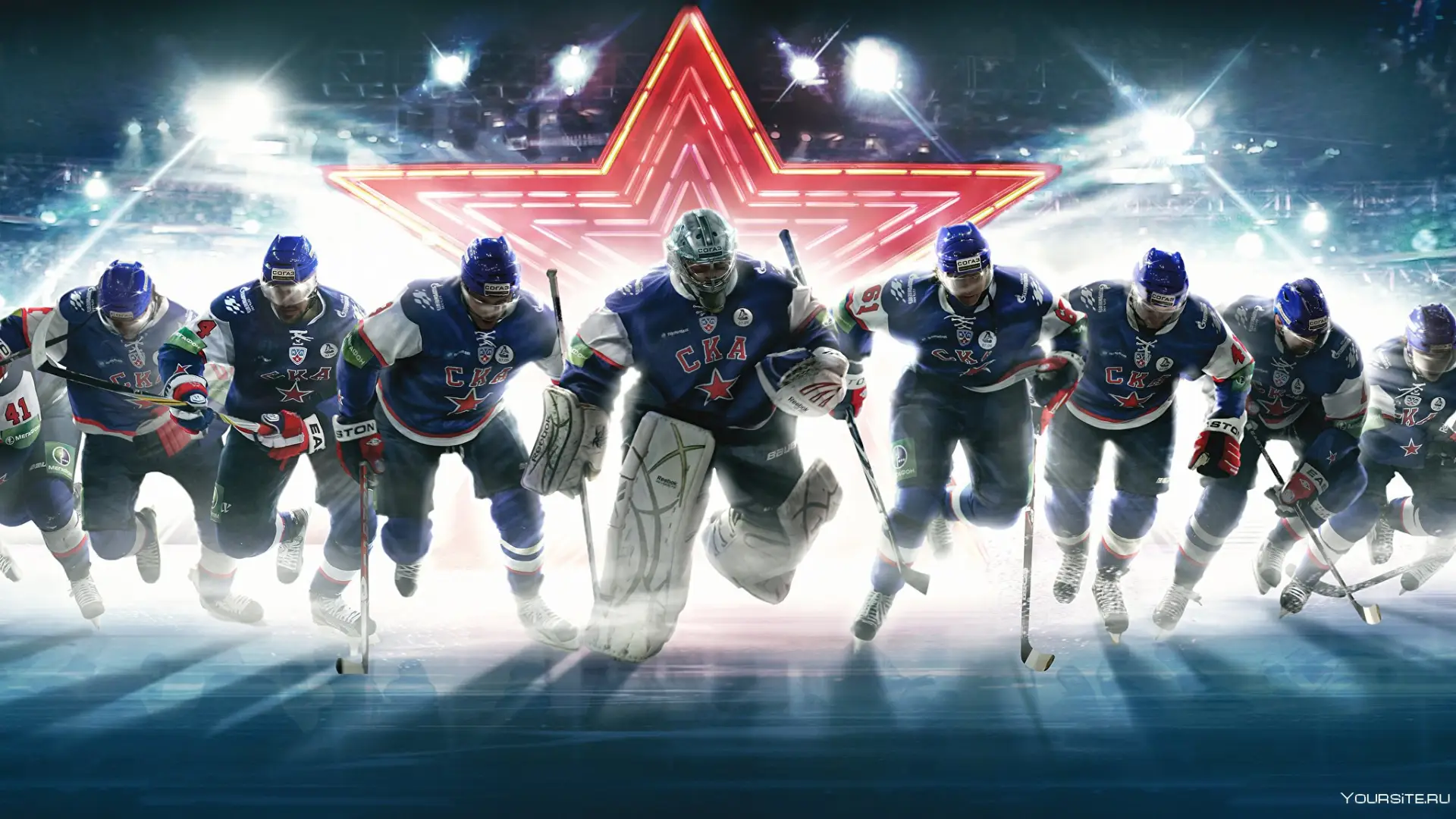Which ice hockey player was nicknamed the ‘Russian Rocket’? The only one who combined maximum speed, aggressive technique and the ability to break through the defence in the 1990s. This nickname became a symbol of a new wave of Russian players in the NHL. To understand who this is, it is enough to see one of his breakthroughs through two defenders. But to explain that, you have to analyse an entire era of ice hockey in detail.
The beginning of his career – the rapid rise to the elite
To determine exactly which ice hockey player was given the nickname ‘Russian Rocket,’ one has to go back to the end of the 1980s. The young forward from the Moscow club made a rapid rise to the USSR national team. Even then, he impressed with his speed, which sent defenders into a panic. On the ice, he moved like a jet of steam. He didn’t just run – he flew. Every shift ended with a shot, a feint or a dangerous advance into the zone. It was precisely this style of play that cemented his nickname.
The NHL and instant sensation: Pavel Bure – a legend from the very first shifts
 In Canada, he immediately showed why he was nicknamed the ‘Russian Rocket.’ In his first season in Vancouver, Pavel scored more than 30 goals, but above all, he set the pace for the entire league. His acceleration from a standing start to top speed was reminiscent of a rocket engine taking off. Bure didn’t just overtake defenders – he teleported through them. Centre of gravity, low stance, powerful acceleration – every change of direction became a fight for survival for his opponents.
In Canada, he immediately showed why he was nicknamed the ‘Russian Rocket.’ In his first season in Vancouver, Pavel scored more than 30 goals, but above all, he set the pace for the entire league. His acceleration from a standing start to top speed was reminiscent of a rocket engine taking off. Bure didn’t just overtake defenders – he teleported through them. Centre of gravity, low stance, powerful acceleration – every change of direction became a fight for survival for his opponents.
The nickname ‘Russian Rocket’ stuck thanks to a unique combination of characteristics, each of which was beyond the norm:
- Speed. Bure developed acceleration on skates comparable to that of sprinters – up to 40 km/h in the dynamics of his attacks.
- Responsiveness. His turns at high speed did not lose any precision. Any mistake by a defender at the blue line – and it was already a one-on-one situation.
- Shot. Bure mastered the wrist shot, which required no swing. The puck jumped off the hook at the next contact.
- Motor skills. His knee ligaments worked at full speed – until injuries limited him.
The meaning of the nickname: Which ice hockey player was called the ‘Russian Rocket’?
Only one ice hockey player combined all the factors that made up the symbol of the ‘Russian Rocket’:
- Name: Pavel Bure.
- Position: Forward.
- Most important clubs: CSKA, Vancouver Canucks, Florida Panthers, Rangers.
- National team: USSR, CIS, Russia.
- NHL statistics: over 400 goals.
- Playoff performance: among the top 5 in the season in terms of goals scored.
- Special feature: a goal in almost every third game.
- Olympic Games: Nagano 1998 – silver, 5 goals in the semi-finals.
- Main characteristics: speed + technique + aggressiveness = rocket.
The name Pavel Bure became a symbol of an ice hockey era in which emotion, technique and speed determined not only the style but also the outcome of a game. The nickname ‘Russian Rocket’ remained in the vocabulary of fans, commentators and analysts as a synonym for an aggressive, offensive and lightning-fast playing style. This characteristic became a trademark. When asked which ice hockey player was given the nickname ‘Russian Rocket’, even an inexperienced fan will answer without hesitation. The answer contains not only a fact, but also respect.
The meaning of the nickname: beyond the ice
Pavel Bure became part of the culture. His style inspired not only players, but also marketing, jerseys, posters and computer games. ‘The Russian Rocket’ is an image that has driven the popularity of the NHL in Russia and the CIS. When children took to the ice, they didn’t just want to be ice hockey players – they dreamed of being like him. This identification acted as an inner motivation. Not to get points or contracts, but to play like Bure. Fast, precise, aggressive. The nickname became the benchmark.
Russian ice hockey legend: Bure’s place in the pantheon
Among all the ice hockey players who have shaped the face of Russian ice hockey abroad, Bure occupies a special place. He not only established himself in the NHL – he dominated it. The athlete was among the top five goal scorers, carried his teams and decided games. There are many Russian ice hockey legends – Kharlamov, Larionov, Makarov, Fetisov. But only Bure received an international nickname that became synonymous with him. He showed that a player from the USSR could not only adapt, but even surpass the locals.
Knees, operations and pain: what stopped the rise
The body has its limits. Even a ‘rocket’ reaches its limits. The main factor that stopped the rise was the knee. Cartilage, ligaments, meniscus – sensitive elements that could not withstand constant acceleration. Pavel Bure underwent several operations, each of which left its mark. Despite his recovery, the strain returned with pain. His career ended at a time when others were just reaching their peak. It wasn’t about the level, but about the condition. And yet, even in his limited form, he showed leadership qualities, statistics and qualities that others could look up to.
The player’s contribution to the Russian national team
At the 1998 Olympics, Bure played a tournament that went down in the annals of world ice hockey. It was this event that finally answered the question of which ice hockey player earned the nickname ‘Russian Rocket.’ Five goals against Finland in the semi-finals – no coincidence. It was a demonstration of how a single forward can influence the result. He didn’t score in the final, but his status remained intact. The team won silver, and Bure himself became an icon of the national team despite his rare appearances due to injuries.
Even today, young players study his movements. In training, they try to copy his turns, the fixation of his centre of gravity and the use of his body when breaking through. Video training, analytics, coaching – excerpts from the athlete’s games are analysed everywhere. His play proved that ice hockey is not just about contact, but also intelligence. Bure didn’t just destroy the defence, he read it. He chose not power, but timing. The ice hockey player created space where there was none.
Conclusion
 Pavel Bure did not earn his nickname because of his speed as a fact, but because he turned it into a philosophy. He played as if every game on the ice were a final. His style, technique and mentality made him the symbol of an entire ice hockey era. Speed was no longer just a characteristic, but became a weapon. The answer to the question of which ice hockey player earned the nickname ‘Russian Rocket’ is simple: Pavel Bure.
Pavel Bure did not earn his nickname because of his speed as a fact, but because he turned it into a philosophy. He played as if every game on the ice were a final. His style, technique and mentality made him the symbol of an entire ice hockey era. Speed was no longer just a characteristic, but became a weapon. The answer to the question of which ice hockey player earned the nickname ‘Russian Rocket’ is simple: Pavel Bure.
 en
en  ru
ru  de
de  ar
ar  es
es  hi
hi  fr
fr  nl
nl  it
it  pt
pt  el
el 



